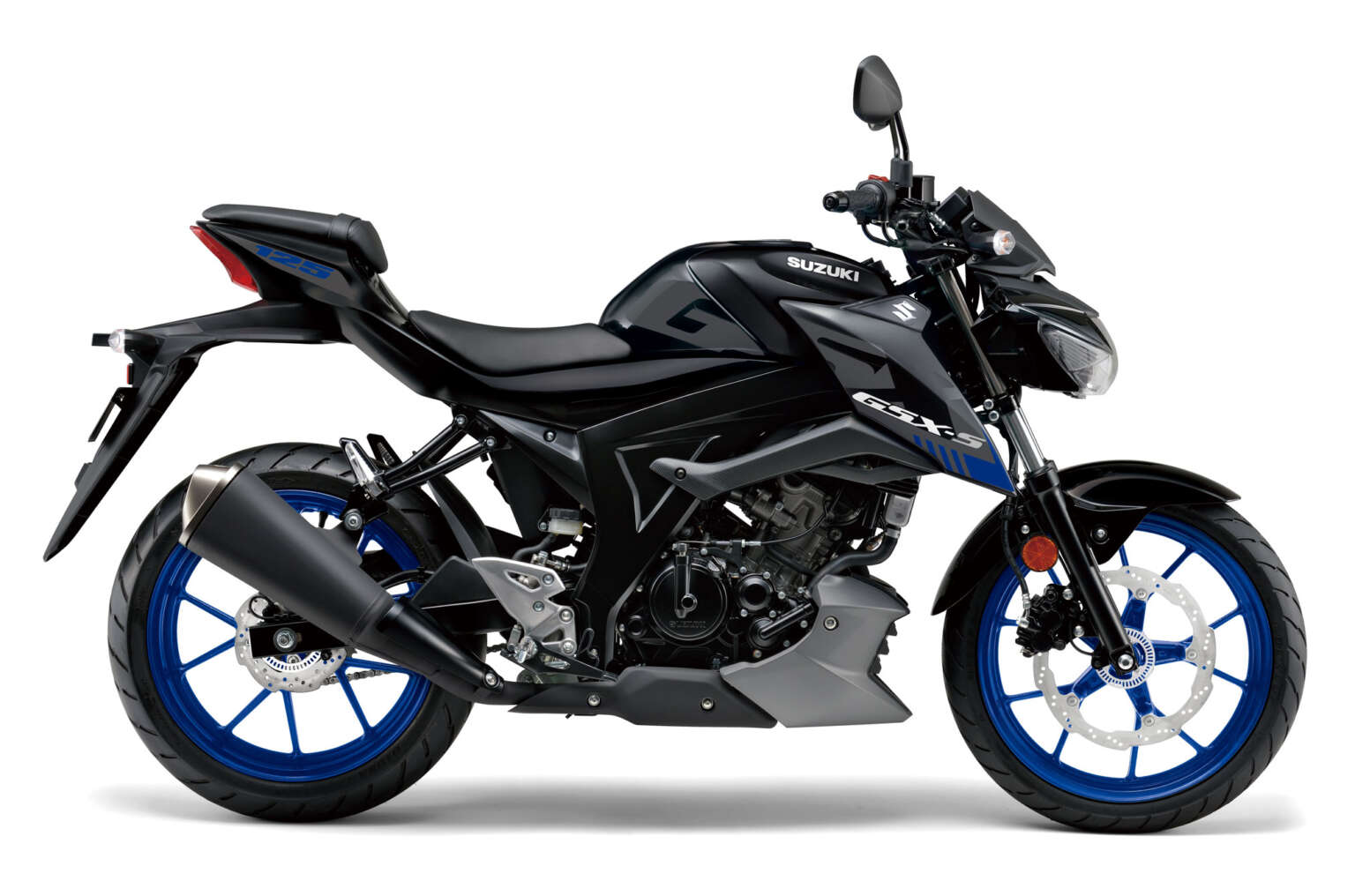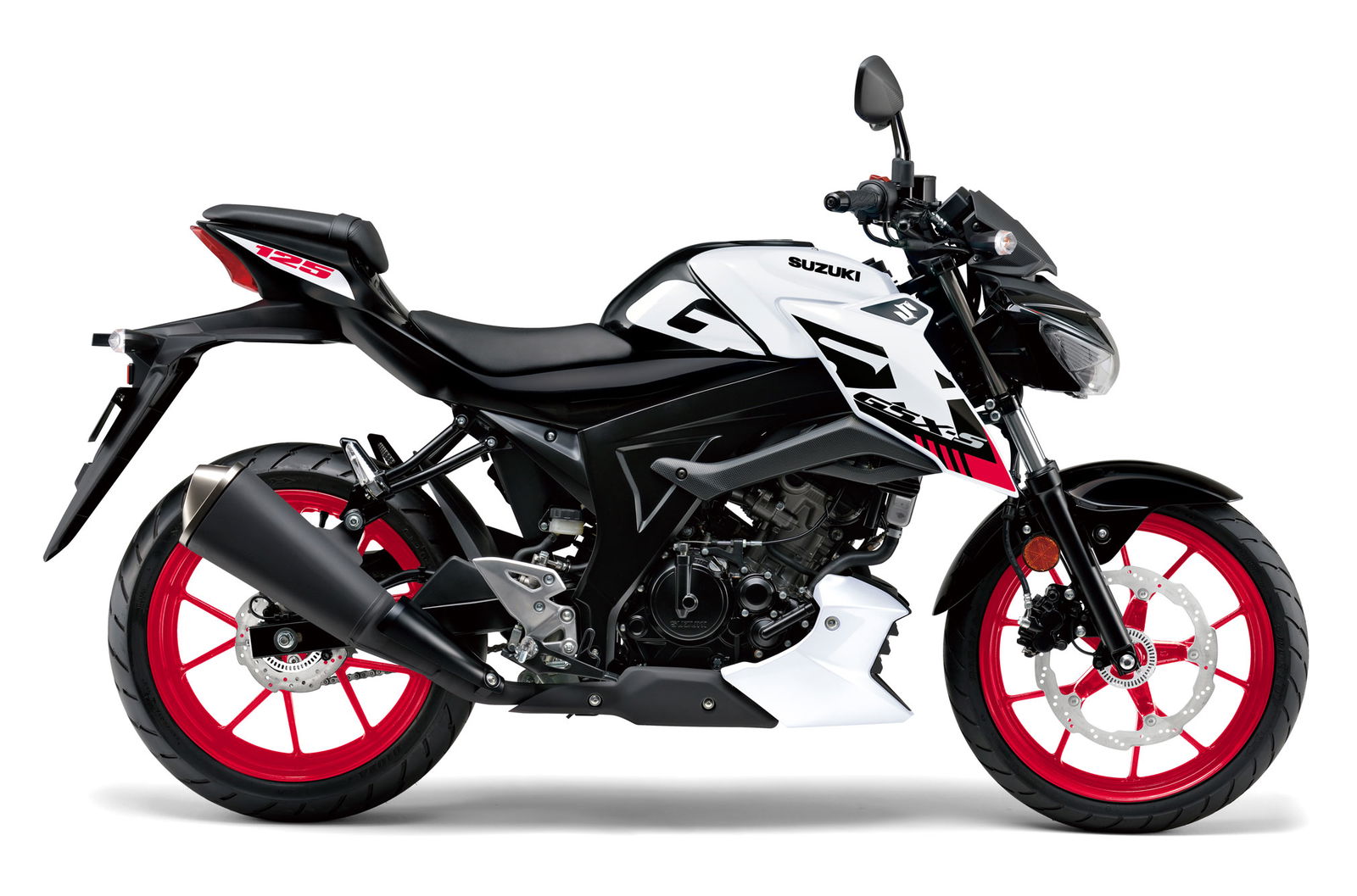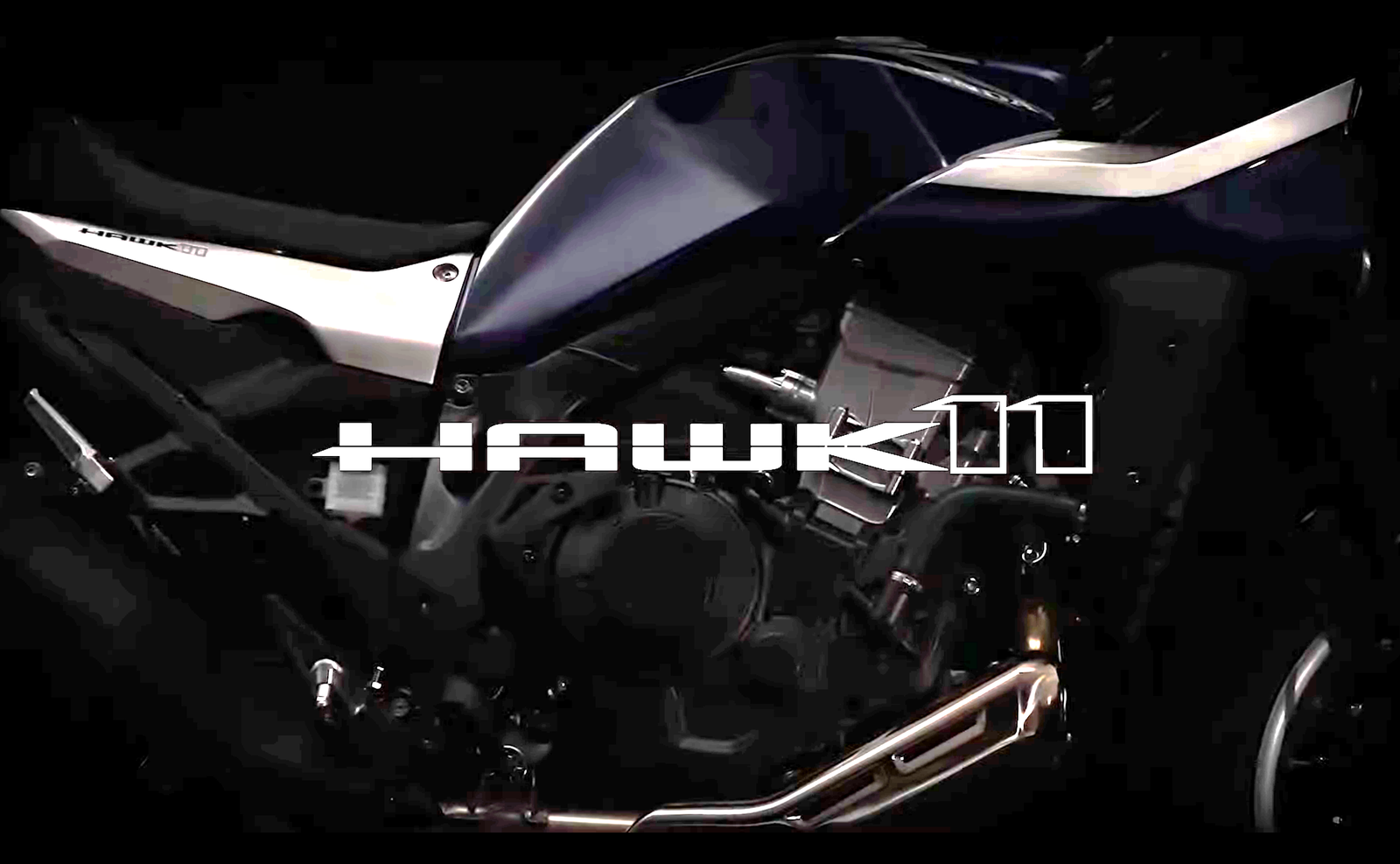Suzuki introduces new colours, Euro 5 homologation for 2022 GSX-S125
Suzuki is set to introduce minor updates for the 2022 GSX-S125, with new colours and Euro 5 homologation.

THE new model year is not of any great technological excitement for beginner riders wanting a Suzuki, or fans of the brand’s low capacity naked.
Suzuki is reported by Ride Apart to be introducing nothing more than some new colours, and modifications to homologate the bike for the new Euro 5 emissions regulations.

Ride Apart say that, “The new bike gets a redesigned exhaust system that features a dual exit muffler,” as well as a larger catalytic converter; an expanded air box (4.3 litres); and a larger (32mm) throttle body.
Therefore, we can expect the 2022 model to hold the same performance as the previous iterations of the GSX-S125, with around 15 horsepower and 11.5Nm of torque from the liquid-cooled single-cylinder 124.4cc four-stroke, delivered via a six-speed, constant mesh gearbox.
The new colours for the bike will include a blue and silver with black wheels; black with blue wheels; and white with red wheels.
The new bike, Ride Apart say, will be available in Europe from June at 4,290€, or around £4600.
The specifications of the new GSX-S125 follow a pattern made by Suzuki in recent times, of few major development on existing models.
Suzuki’s GSX-S125 has performance on a par with almost all of its competitors in the 125cc naked market. And that market is set to be one of the most vulnerable to the electric revolution, which creeps ever closer and looms ever larger.
That’s not intended to say that electric bikes are bad, or that electric power is inferior to combustion- only that, regardless of your opinion, they are arriving. If Suzuki, or other manufacturers for that matter, want to make technical innovations in their motorcycles, they have to decide how important those innovations will be going forwards. If in six or seven years, no one is buying low-capacity combustion bikes, the advances made now in a four-stroke 125cc single are going to be irrelevant.

Innovations outside the motor are probably best saved for larger capacity bikes, where the price increase such innovations might put on a model will be less impactful. If a hypothetical motorcycle costs £20,000, an extra (hypothetical) £1,500 placed on top by a (hypothetical) technical innovation is going to matter less than if the (hypothetical) bike costs £4,000.
This is an unfortunate reality for people who like combustion engines, and enjoy seeing and experiencing that technology evolve. However, it seems to be that - reality.
Images courtesy of Total Motorcycle.

